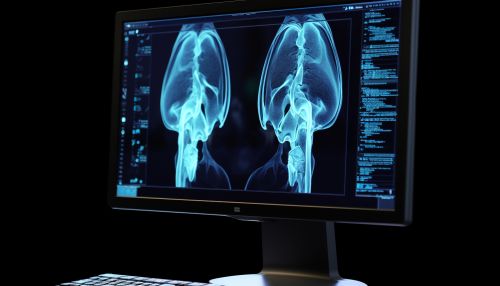Artificial Intelligence in Medicine
Overview
Artificial Intelligence (AI) is a branch of computer science that aims to create systems capable of performing tasks that would normally require human intelligence. These tasks include learning, reasoning, problem-solving, perception, and language understanding. In the context of healthcare, AI is being used to develop and apply algorithms and computational models to health-related data, leading to improved decision making, prediction of clinical events, and better patient care.
AI in medicine refers to the use of automated algorithms to perform tasks that traditionally require human intellectual capabilities. These algorithms can learn from past data and make predictions, recommendations, or decisions. AI in medicine is a rapidly growing field with significant potential for improving patient care and reducing healthcare costs.
History
The concept of AI was first proposed in the mid-20th century, but it was not until the late 20th and early 21st centuries that it began to be applied to healthcare. Early applications of AI in medicine included decision support systems, such as MYCIN and INTERNIST-I, which were designed to assist physicians in diagnosing diseases.
In the 1980s and 1990s, the development of machine learning algorithms, such as neural networks and support vector machines, led to the application of AI in areas such as medical imaging and genomics. In the 2000s, the advent of big data and high-performance computing further accelerated the development of AI in medicine.
Applications
AI has a wide range of applications in medicine, including diagnosis, treatment planning, patient monitoring, drug discovery, and personalized medicine.
Diagnosis
AI can be used to develop algorithms that can analyze medical images, such as X-rays, CT scans, and MRIs, to detect abnormalities and diagnose diseases. For example, convolutional neural networks, a type of deep learning algorithm, have been used to detect lung cancer in chest X-rays with a level of accuracy comparable to that of radiologists.
Treatment Planning
AI can also assist in treatment planning by predicting the likely outcome of different treatment options based on a patient's individual characteristics and medical history. This can help physicians make more informed decisions and provide personalized treatment plans.
Patient Monitoring
AI can be used to continuously monitor patients' vital signs and alert healthcare providers to any significant changes. This can be particularly useful in intensive care units, where patients' conditions can change rapidly.
Drug Discovery
AI can accelerate the drug discovery process by predicting the likely efficacy and safety of potential drug candidates. This can significantly reduce the time and cost of bringing new drugs to market.
Personalized Medicine
AI can enable personalized medicine by predicting a patient's response to different treatments based on their genetic profile and other individual characteristics. This can help physicians provide treatments that are more effective and have fewer side effects.
Challenges and Future Directions
Despite the significant potential of AI in medicine, there are also several challenges that need to be addressed. These include issues related to data privacy and security, the need for large amounts of high-quality data to train AI algorithms, and the lack of transparency and interpretability of some AI models.
Looking forward, it is expected that AI will continue to play an increasingly important role in medicine. Future directions may include the development of more sophisticated AI models that can integrate and analyze multiple types of health-related data, the application of AI in new areas of medicine, and the integration of AI with other technologies, such as wearable devices and telemedicine.
See Also
- Machine Learning in Healthcare
- Deep Learning in Medical Imaging
- Big Data in Healthcare
- Personalized Medicine


